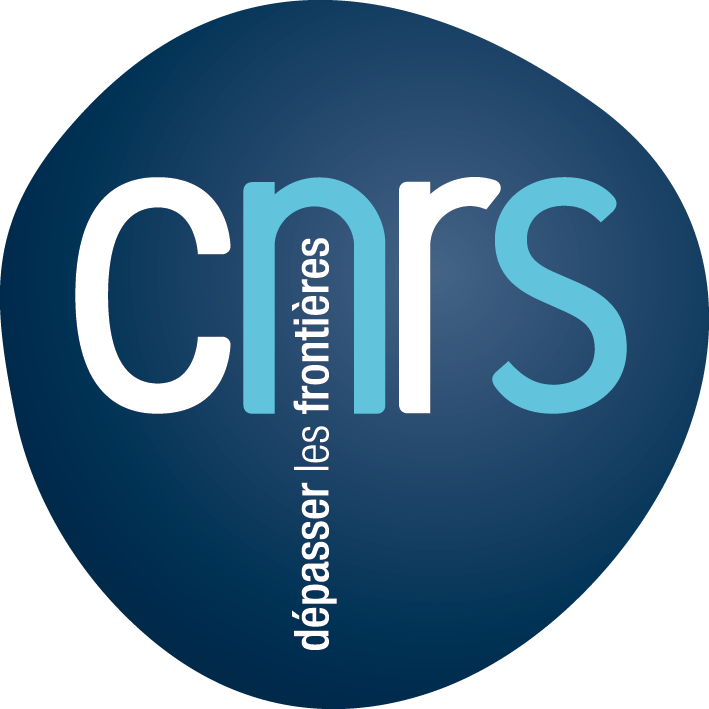Passivation mechanisms involved in cryo-etching processes
Résumé
Cryoetching of silicon was introduced about 35 years ago by a Japanese team. Anisotropic etching was obtained using a plasma of SF6 interacting with a masked silicon wafer cooled to a very low temperature (typically -100°C) in order to freeze chemical reactions on the trench sidewalls. But, a new interpretation of cryogenic etching mechanisms was proposed by Batha et al. in 1995 involving a passivation mechanism with an important role of oxygen. Since this time, many in-situ experiments have been carried out to explain the formation of the SiOxFy passivation layer, which preferentially forms at low temperature. In particular, the role of SiF4 molecules, which are the main by-products of silicon etching in fluorine based plasma was highlighted. In this paper, we will describe the in-situ experiments using mass spectrometry, ellipsometry and XPS on ICP reactors in SF6/O2 and SiF4/O2 plasmas, that have been conducted to better understand the formation and the characteristics of the passivation layer.
Fichier principal
 [DUSSART Remi_INV] ISPlasma2023_Invited_Abstract.pdf (962.61 Ko)
Télécharger le fichier
[DUSSART Remi_INV] ISPlasma2023_Invited_Abstract.pdf (962.61 Ko)
Télécharger le fichier
Origine : Fichiers produits par l'(les) auteur(s)


